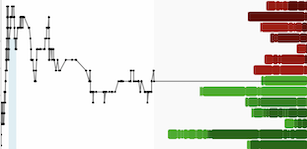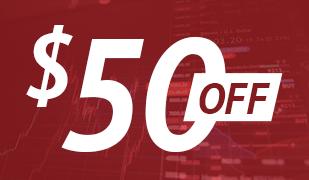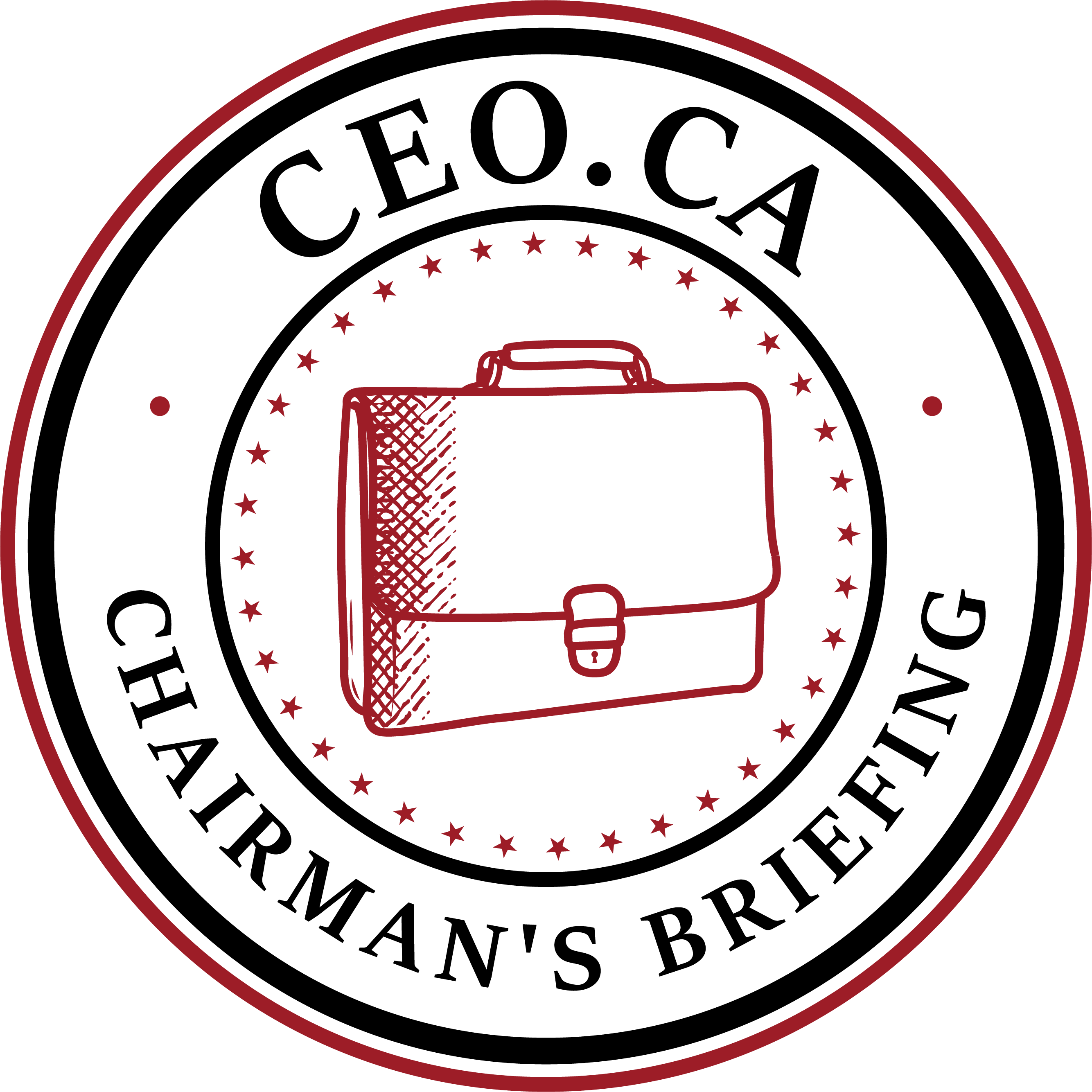The late-1970s gold bull run was one for the record books; gold rose from $137/oz in June 1977 to ~$850/oz in January 1980. This 500%+ rally over the span of 2 1/2 years is not only instructive from a technical analysis perspective, but the study of this gold bull market also provides a valuable history lesson.
Gold (1977 to 1980)

I put together a timeline of the 1977-1980 gold bull market, including important events/dates:
1. Stagflation (1977–1979)
- Persistent high inflation combined with weak economic growth became entrenched.
- Inflation rates climbed above 7% in 1978, then 13.3% by 1979, deeply eroding real returns on cash and bonds.
- Consumer confidence dropped, fueling a flight to real assets like gold.
2. U.S. Dollar Weakness & Loss of Confidence
- The U.S. dollar fell sharply during this period due to rising trade deficits, inflation, and poor monetary management.
- The Carter administration tried to prop up the dollar in late 1978 by:
- Authorizing U.S. gold sales via the Treasury.
- Raising interest rates (unsuccessfully).
- Arranging a multi-billion dollar currency support package with the IMF and G-10.
3. Volcker’s Appointment and Monetary Shock
- August 6, 1979: Paul Volcker became Chairman of the Federal Reserve.
- October 6, 1979: Volcker announced a dramatic shift to targeting monetary aggregates, abandoning interest rate targeting.
- Fed funds rate soared from ~11% to 15% by late 1979.
- Despite these moves, gold continued to rise into early 1980 as inflationary expectations were still out of control.
4. Geopolitical Shocks
- 1978–79 Iranian Revolution: Overthrow of the Shah led to chaos in global oil markets.
- November 1979: Iran hostage crisis began — further eroded confidence in U.S. leadership.
- December 1979: Soviet Union invaded Afghanistan, escalating Cold War tensions.
The combination of rising inflation and geopolitical crises sent investors scrambling for hard assets and the only true money, gold.
5. Speculation and Mania (Late 1979 – Jan 1980)
- Parabolic buying began in late 1979, especially from retail investors in the U.S. and Europe.
- Futures and options trading volume surged.
- In January 1980, gold spiked from ~$500 to $850 in just two weeks.
As a child, my late Father used to tell me a story about the January 1980 gold bull market that still remains with me today. He lived in New York City at the time and one day in January 1980 he had a dental appointment in Midtown. When he arrived for the appointment, the dentist kept him waiting for 45 minutes. My father became quite peeved at this delay, but remained waiting patiently. When the dentist was finally ready to see my father, he explained that it was a busy day of trading gold futures and he had to make sure he got his trade confirmations back from the COMEX. Hundreds of thousands of dollars were on the line and the market was extremely volatile!
Trading gold futures in January 1980 was no small feat, there were no real time charting platforms and you had to call the exchange floor in order to confirm your trades. A dentist was so preoccupied with trading the gold futures market in January 1980 that he was keeping patients waiting during his business hours.
My father always made a point to explain to me that this incident was an example of a speculative mania. One week after that dental appointment, gold entered a 20-year bear market.
Returning to the chart of gold’s 1977-1980 rally, I believe it’s important to point out that gold followed a steady ascent throughout much of 1977, 1978, and the first half of 1979. This was a classic uptrend with regular shallow pullbacks along the way. However, in late summer 1979 the gold market underwent a change of character, the buying became more frantic. By December 1979/January 1980, the gold market entered a mania phase and the gold price went vertical with virtually zero dips along the way.
Gold (June 1979 to January 1980)

Notice how gold consolidated in a mostly sideways trading range throughout October and November 1979. This proved to be the final consolidation before lift-off; gold rose more than 100% from November 30, 1979 to January 21, 1980.
This is an important lesson. Bull markets begin gradually, with steady price gains, but certainly nothing spectacular. In addition, in the early and middle stages of a bull market there are plenty of skeptics who don’t believe in the price rise. It is in the final stages of the bull market that the price gains grow exponentially, and the early doubters become converts. The spectacular price gains convert the market herd to bulls, everyone reaches agreement that the only possibility is for the market to continue to rise.

Notice how the late-70s gold bull market closely followed the above chart of market phases. In 1979/1980 the gold mania phase lasted a couple months. Considering how much faster the flow of information is today, including the ease of buying/selling paper gold, one has to wonder the implications for the eventual mania phase of the current gold bull market.
Will the mania phase last two weeks? Two days?
It’s hard to say, but the current gold consolidation does look similar to two consolidations that gold experienced in 1979 (February-April, October/November).
Gold (Daily)

Jordan Roy-Byrne has a chart that shows the current gold bull market compared to previous gold bull markets:

This chart suggests the current gold bull market may be near the halfway mark, but certainly no where near its ultimate destination.
The parallels between today and 1979 are strong, including…
- Low consumer confidence
- A messy and dangerous geopolitical backdrop (including Iran and Russia at the forefront of current geopolitical uncertainties)
- Eroded confidence in the Federal Reserve
- Rising unemployment
- Declining US dollar
However, there is one key ingredient that is still missing. In 1979, inflation rose to ~13% while the Fed Funds Rate was still at 11% - this meant that real interest rates were deeply negative. Volcker went on to aggressively hike interest rates throughout 1980 and 1981, crushing inflation, and gold in the process.
Today, the Fed Funds Rate is 4.50% while CPI inflation is near 2.50% - real interest rates are still very much in positive territory.
A series of Fed interest rate cuts and policy easing actions represents a major potential catalyst that could send gold soaring, a la 1979. By cutting interest rates and easing monetary policy, the Fed would likely cause inflation to rise. Potentially resulting in negative real interest rates.
The President of The United States agrees that the Fed should cut rates 100bps…. “Rocket Fuel!”:

I concur.
Whatever Trump 2.0 is about to do with the Fed Chairman and monetary policy is likely to provide rocket fuel for the gold price.
DISCLAIMER: The work included in this article is based on current events, technical charts, company news releases, corporate presentations and the author’s opinions. It may contain errors, and you shouldn’t make any investment decision based solely on what you read here. This publication contains forward-looking statements, including but not limited to comments regarding predictions and projections. Forward-looking statements address future events and conditions and therefore involve inherent risks and uncertainties. Actual results may differ materially from those currently anticipated in such statements. This article is provided for informational and entertainment purposes only and is not a recommendation to buy or sell any security. Always thoroughly do your own due diligence and talk to a licensed investment adviser prior to making any investment decisions. Junior resource companies can easily lose 100% of their value so read company profiles on www.SEDARplus.ca for important risk disclosures. It’s your money and your responsibility.



